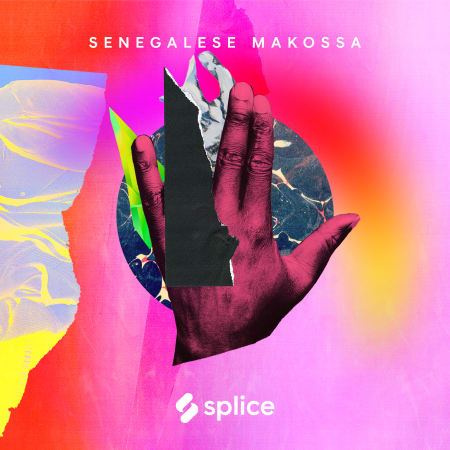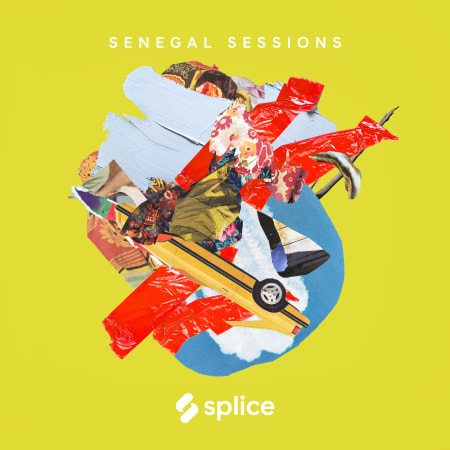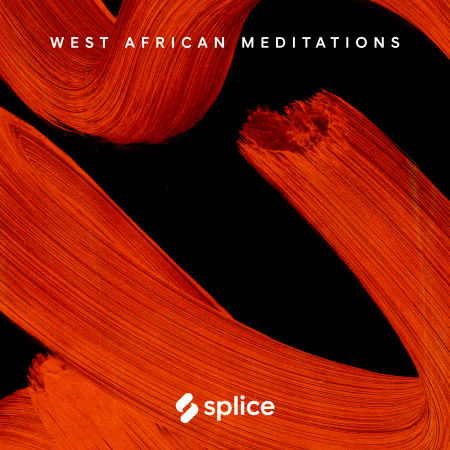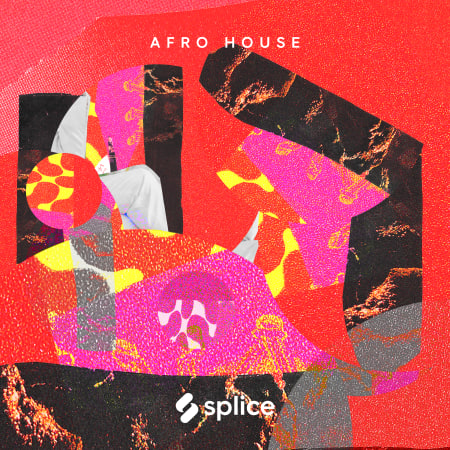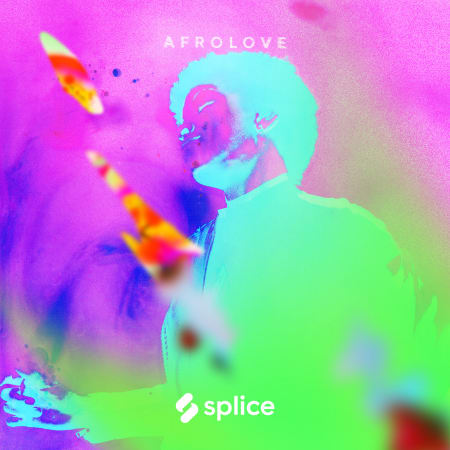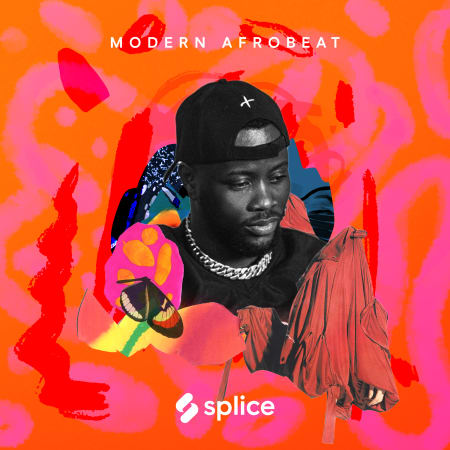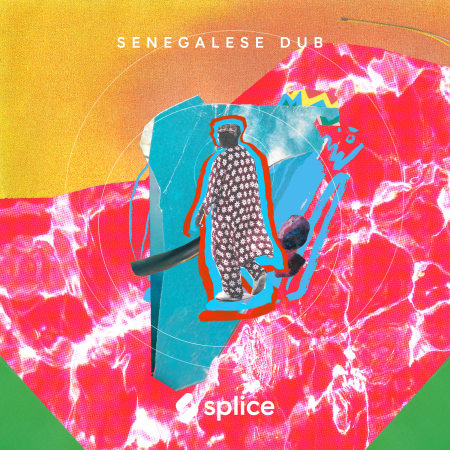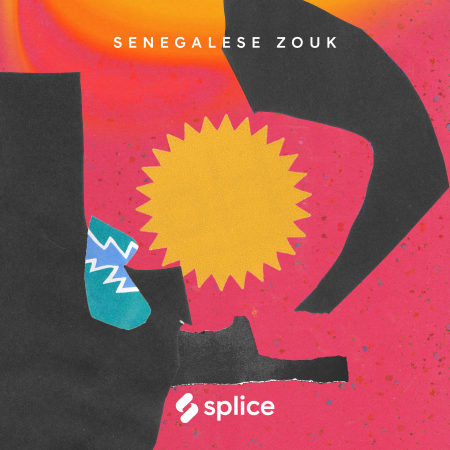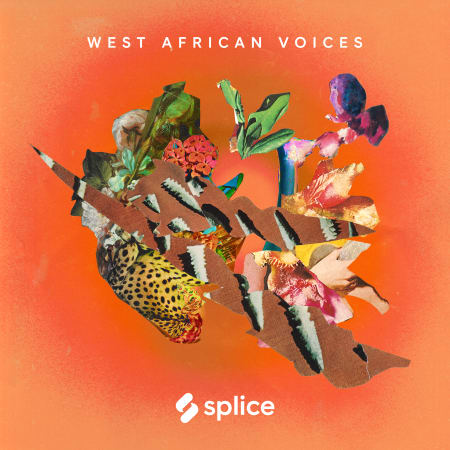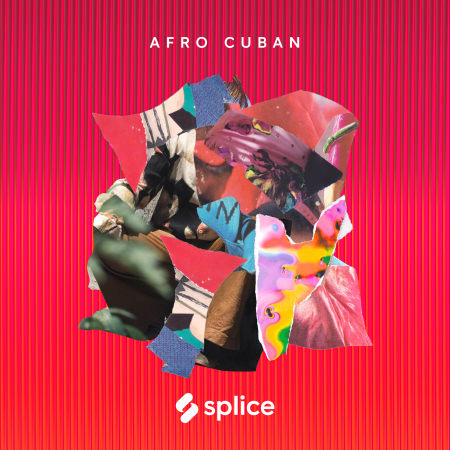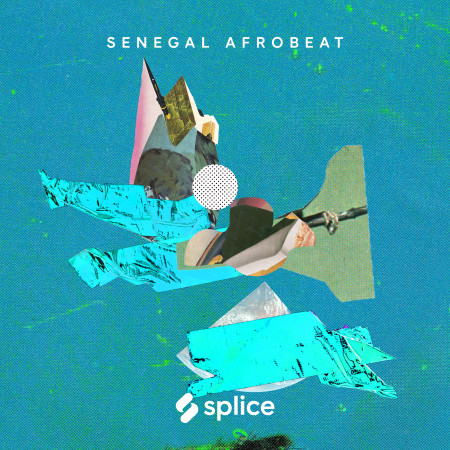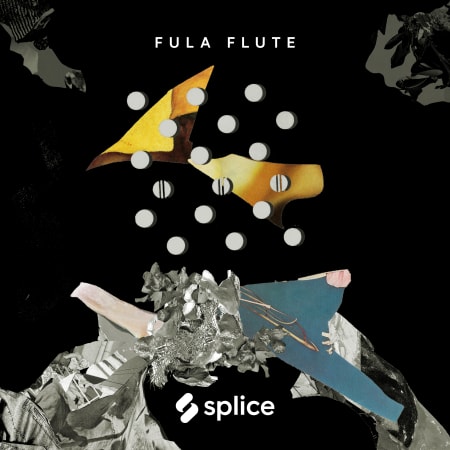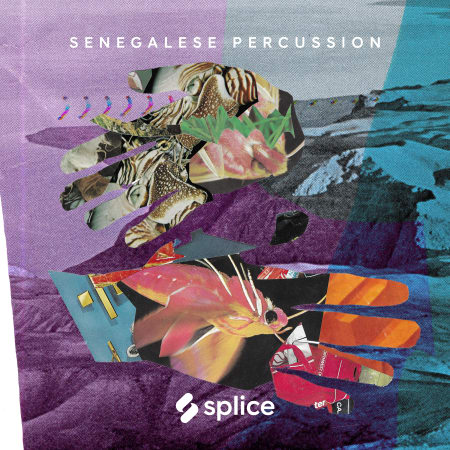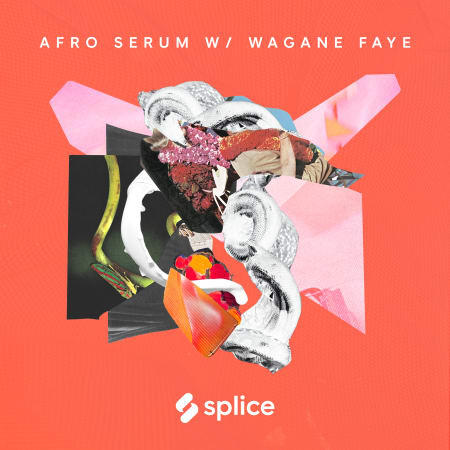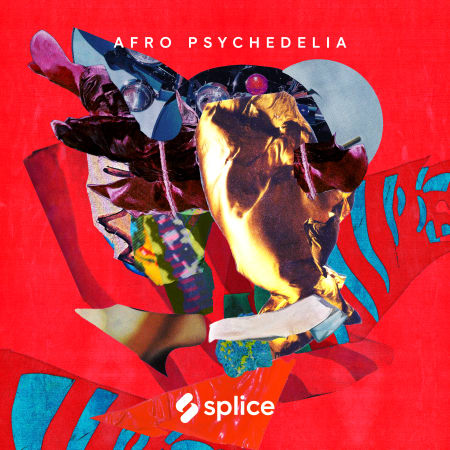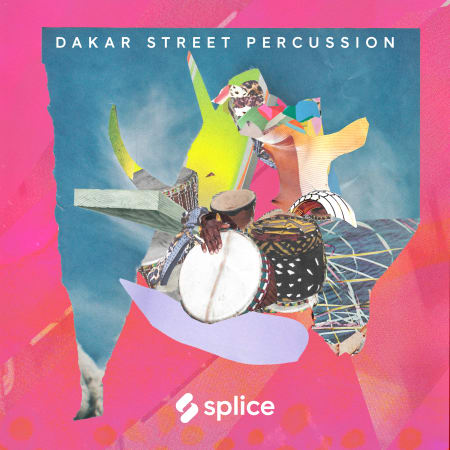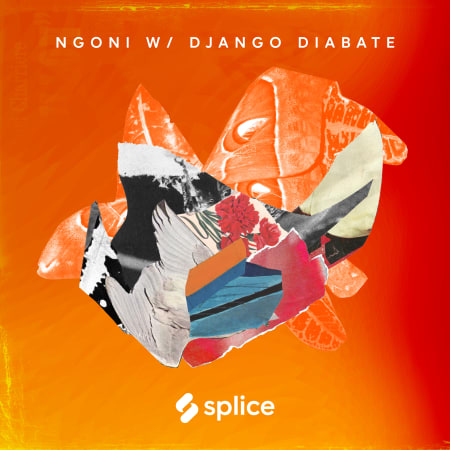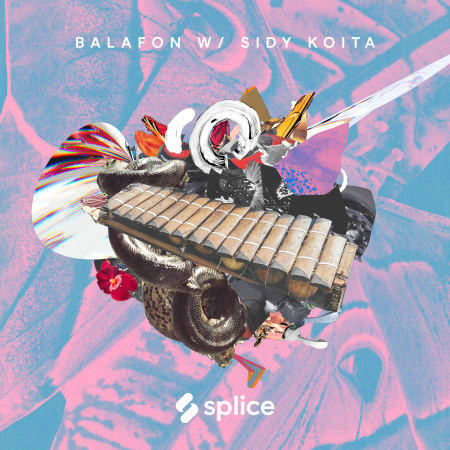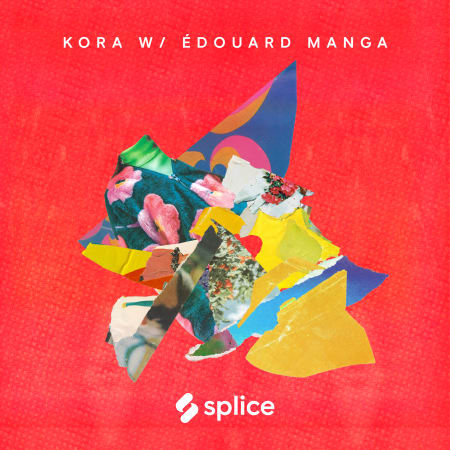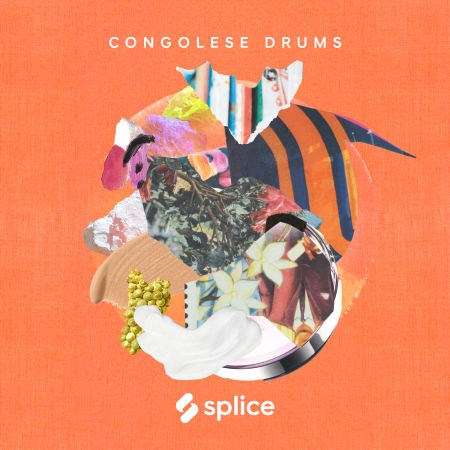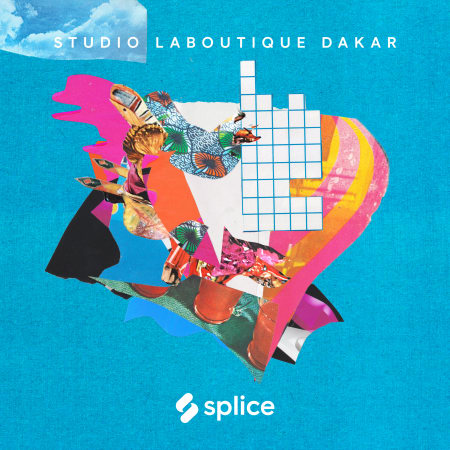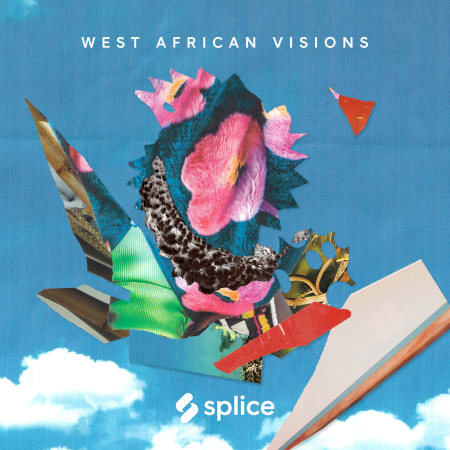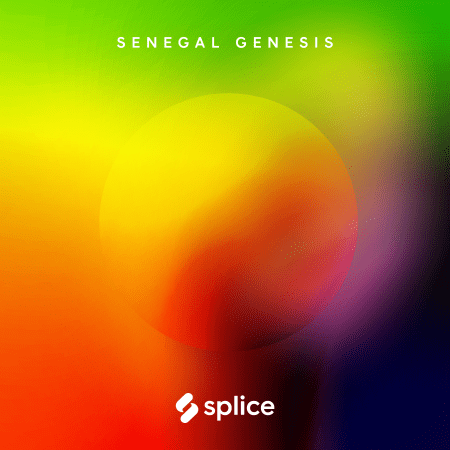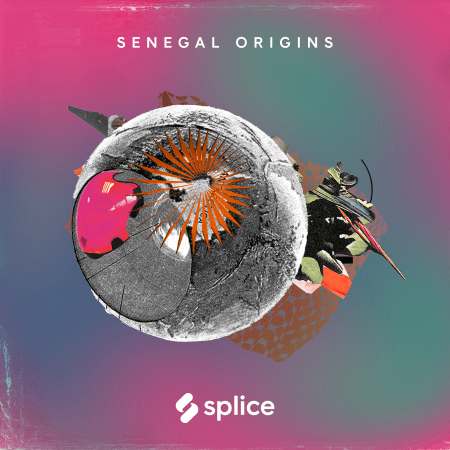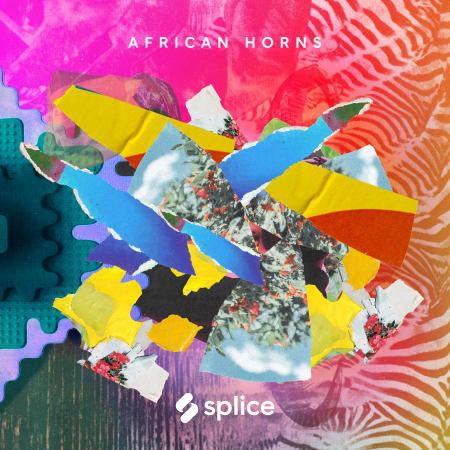Makossa, which means "(I) dance" in the Douala language, originated from a dance called the kossa in coastal Cameroon. Makossa is said to be influenced by an amalgamation of musical styles from across Africa and beyond. Most notably, Congolese rumba, merengue from the Dominican Republic, the energetic tropical inclinations of Ghanaian and Nigerian high-life, and the traditional form of Cameroonian guitar music, assiko.
The style began to take shape in the 1950s, although the first recordings were not seen until a decade later. Artists such as Eboa Lotin, Misse Ngoh, and especially Manu Dibango popularized makossa across the globe. Dibango is most heavily credited with his song "Soul Makossa" in 1972, which was discovered by New York icon David Mancuso via a random record store discovery. Mancuso brought this music to his famed dance party hangout, “The Loft,” where makossa music went on to influence disco and other popular dance music styles.
Cameroonian musicians brought the makossa style of music to places like Paris when they left their native country during an economic crisis in the 1980s. Makossa defined a new underground within the French capital’s endless supply of nightclubs and drinking spots with record labels, radio stations, and music studios following. What was to be known as “Makossamania” swept across Europe and West/Central Africa.
Today, you can hear the influence and samples of makossa records on the pop music of Kanya West, Rihanna, and Hugo Nyame, among others.
